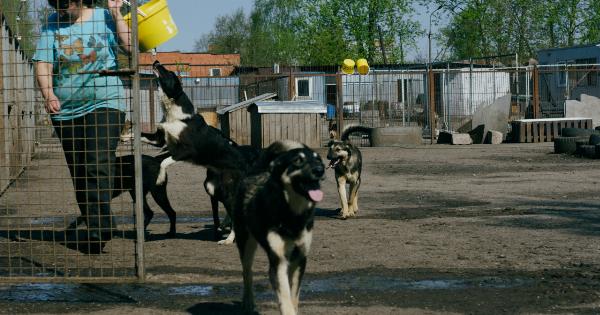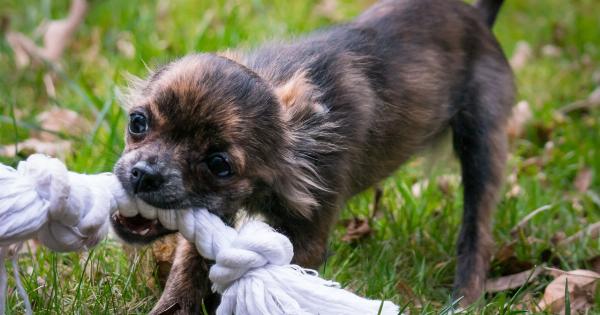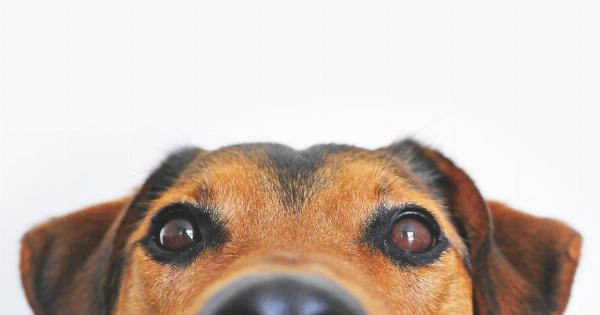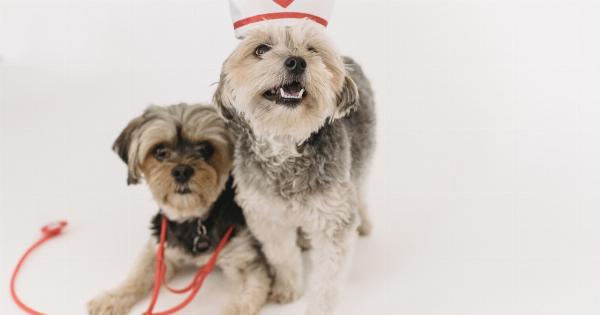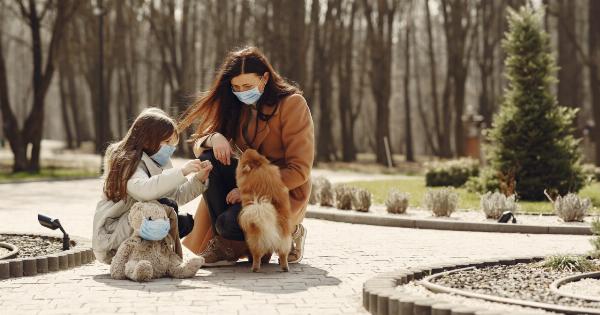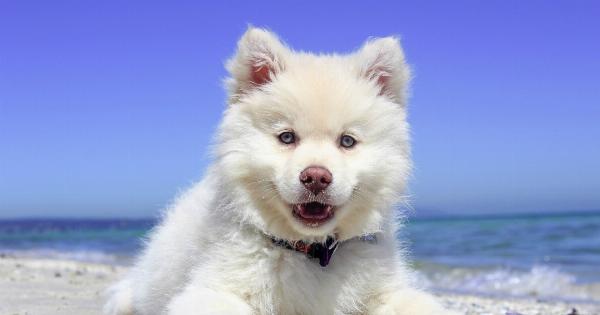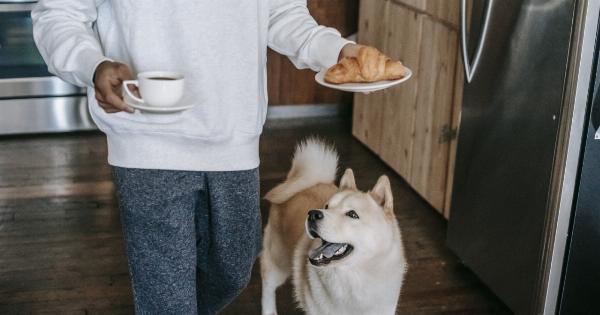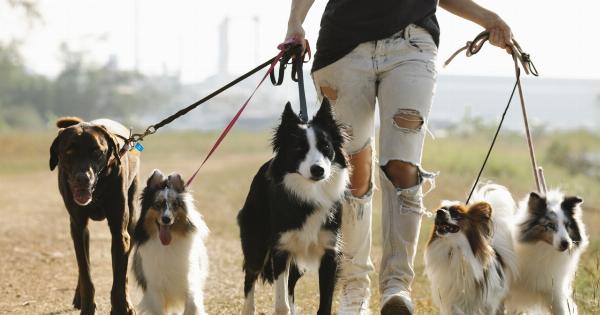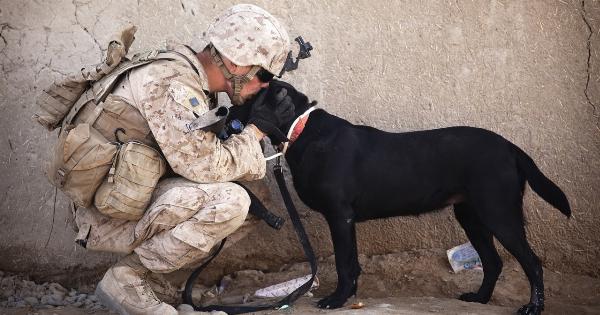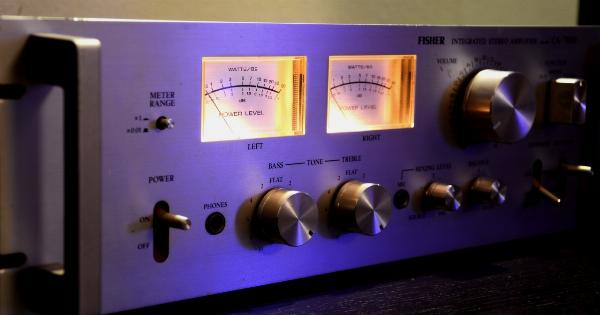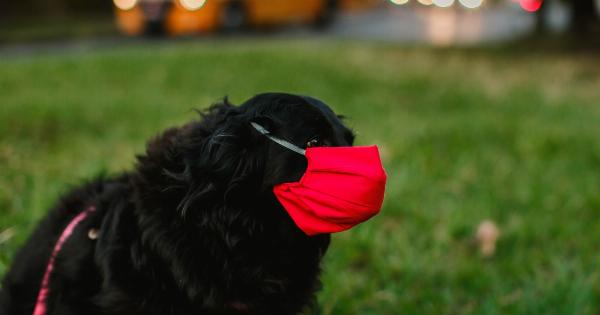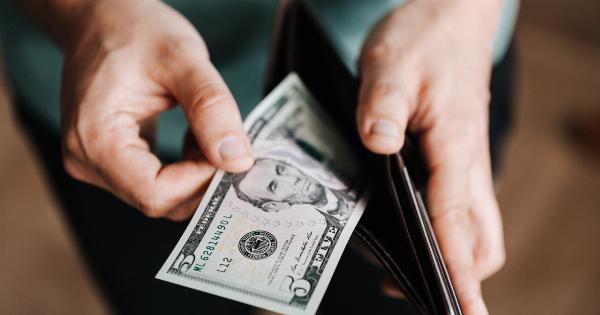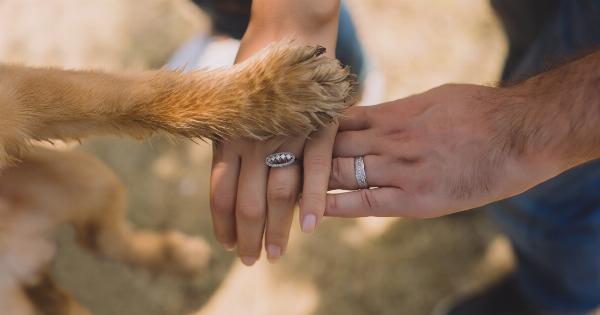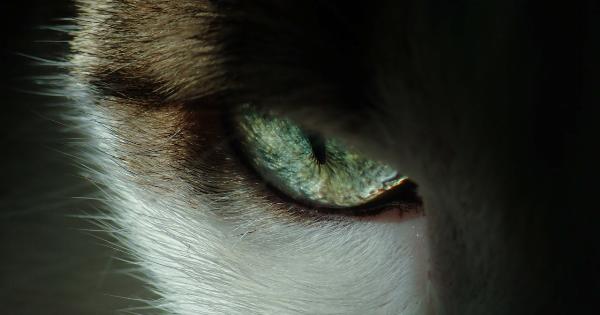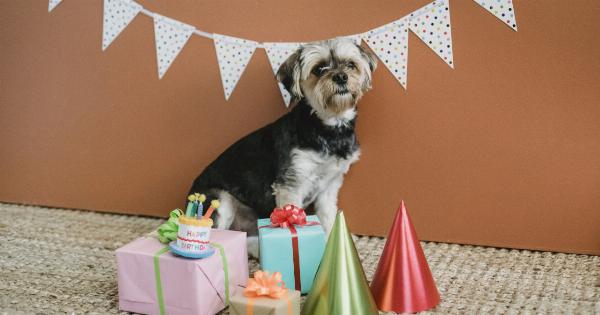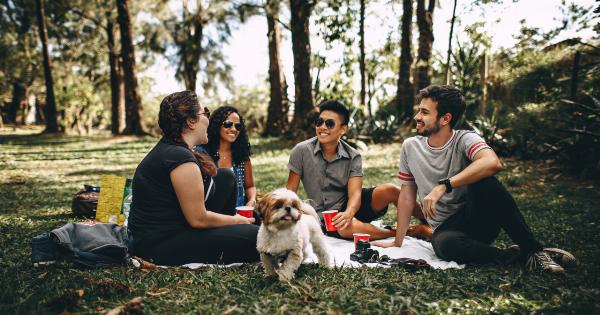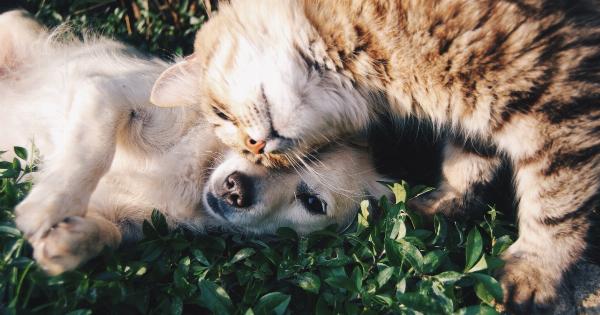As dog owners, we often find ourselves wondering about our furry friend’s motives.
Why do they suddenly become so encouraging when we’re doing something new? And why do they sometimes display signs of jealousy? In this article, we will delve into the fascinating world of canine behavior and uncover the truth behind these behaviors.
1. Sudden encouragement: A sign of bonding and teamwork
Have you ever noticed how your dog becomes incredibly enthusiastic and encouraging when you’re engaged in a new activity or learning a new skill? This seemingly sudden burst of support actually stems from their innate desire to bond with and assist their human companions. Dogs are social animals by nature, and they instinctively seek to establish strong bonds with their owners. When they see you trying something new, they perceive it as an opportunity to join forces and work together, strengthening the bond between you.
2. Seeking validation and praise
Dogs thrive on positive reinforcement and seek validation from their owners. When they display encouragement during your activities, they are actually seeking praise and approval.
Your dog perceives your success as their own success, and their encouragement serves as a way to elicit the positive reinforcements they crave. So, the next time you notice your dog cheering you on, be sure to provide plenty of praise and acknowledgment to reinforce their behavior.
3. Jealousy in dogs: A complex emotion
Jealousy is an emotion commonly associated with humans, but studies have shown that dogs are also capable of experiencing this complex feeling.
When a dog displays signs of jealousy, such as growling, snapping, or attempting to steal attention, it is most likely due to their strong emotional bond with you. Dogs can become possessive of their owners and feel threatened when they perceive someone or something as a rival for their affection and attention.
4. Understanding the triggers
To better manage jealousy in dogs, it is essential to understand the triggers that can lead to this behavior.
Common triggers include introducing a new pet into the household, the arrival of a new baby, or even spending extended periods of time away from your dog. Dogs are highly perceptive creatures and can sense changes in their environment or routines. These changes can trigger feelings of insecurity and jealousy in your dog, leading to undesirable behaviors.
5. Managing jealousy in dogs
Fortunately, there are several strategies you can employ to manage and reduce jealousy in your dog:.
a) Maintain a consistent routine: Dogs are creatures of habit and thrive on stability. By keeping a consistent routine, you can help alleviate anxiety and jealousy in your dog.
b) Provide individual attention: Make sure to spend quality one-on-one time with your dog, giving them the attention they crave without any distractions. This will reassure them of their special place in your life.
c) Gradual introductions: If you are introducing a new pet or person into your dog’s life, do so gradually and in a controlled manner. Allow your dog to acclimate to the new addition at their own pace.
d) Positive reinforcement: Reward your dog’s good behavior and provide praise when they display positive responses to potential triggers of jealousy.
This will help reinforce desirable behaviors while redirecting their focus away from feelings of jealousy.
6. Recognizing the signs of canine jealousy
Every dog is unique, and the signs of jealousy may vary from one individual to another. However, there are some common behaviors to watch out for:.
a) Possessiveness: Your dog may exhibit possessive behavior over their toys, food, or any object they perceive as valuable.
b) Attention-seeking: Jealous dogs may resort to attention-seeking behaviors, such as nudging, pawing, or barking incessantly.
c) Aggression: In extreme cases, jealousy can manifest as aggression towards the perceived rival for their owner’s affection.
d) Clinginess: Your dog may become excessively clingy and unwilling to leave your side, seeking constant reassurance of your bond.
7. Seeking professional help
If your dog’s jealousy becomes unmanageable and starts to interfere with their quality of life or your own, it is crucial to seek the help of a professional dog trainer or animal behaviorist.
These experts can evaluate the specific triggers and develop a customized plan to address and manage your dog’s jealousy effectively.
8. The importance of socialization
Socialization plays a vital role in preventing and managing jealousy in dogs. By exposing your dog to various people, animals, and environments from an early age, you can help them develop confidence and adaptability.
Proper socialization also teaches dogs to share attention, reducing feelings of jealousy when confronted with new situations.
9. Patience and understanding
When dealing with your dog’s emotions, such as sudden encouragement and jealousy, it is essential to approach the situation with patience and understanding. Dogs have their unique personalities and emotional needs, just like humans.
Building a strong bond with your dog requires consistent effort, positive reinforcement, and a willingness to understand their perspectives.
10. The rewards of a deep bond
By taking the time to understand your dog’s motives, including sudden encouragement and jealousy, you can strengthen the bond between you.
Dogs are incredibly loyal and loving creatures, capable of forming deep emotional connections with their owners. By nurturing this bond and responding to their emotional needs, you create a rewarding and fulfilling relationship that will last a lifetime.


